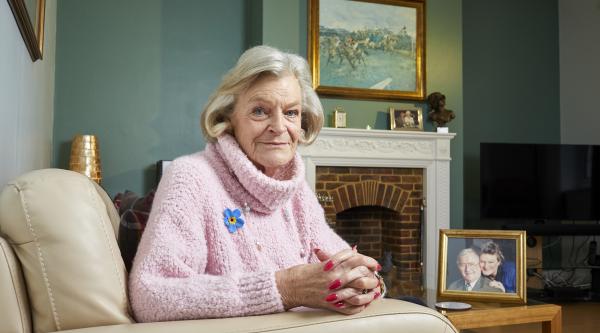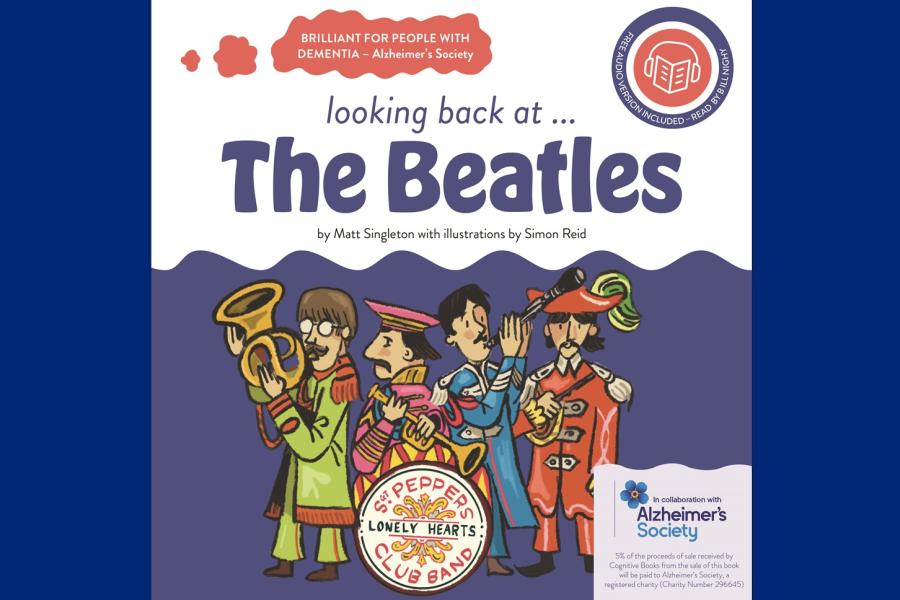Contact sports: What is Alzheimer's Society calling for?
Find out what we're calling for in regards to contact sports and head injuries in relation to dementia risk.
- Contact sports, head injury and dementia risk
- Population studies of head injury and dementia
- Understanding head injury in the brain
- The benefits of playing sport versus risk of dementia
- You are here: Contact sports: What is Alzheimer's Society calling for?
Please note - This information reflects the evidence at the time of the roundtable in April 2017. This is an active area of research, and new findings are emerging that may change the level of evidence available. Please contact [email protected] if you have any questions related to this report.
Research into head injury in this context is particularly difficult because of the long timeframe between playing sport, sustaining a head injury and the subsequent development of dementia.
Further, many mild episodes of head injury are not recorded. Rigorous prospective studies, where people are followed from the point of sports-related head injury, will therefore take many decades. Retrospective studies, where people who developed dementia are asked about head injury or concussion during lifetime, rely on people self-reporting their experiences as minor head injuries are rarely put into healthcare records. These self-reported studies are subject to bias as people may not recall the exact details of when they received an injury or how severe it was.
What did the roundtable say?
- The expert group recognised that prospective studies will need to rely on finding accurate biomarkers which can indicate the start of neuropathological processes in the brain. These could include magnetic resonance imaging (MRI) scans, with measurement of key indicators of dementia in the brain (such as hippocampal volume); positron emission tomography (PET) studies to detect the hallmark amyloid or tau proteins in living people; and cerebrospinal fluid (CSF) analysis for proteins and signals related to dementia. However, many of these techniques are still undergoing evaluation as markers of neurodegeneration and are not able to give definitive answers at the moment.
- There are a number of ongoing studies that are following large numbers of people for a long period of time. These studies could seek to collect retrospective information about a person’s history of head injury or concussion. These records are still subject to bias. For example people will make different (and inconsistent) judgements as to the severity of their head injury. There seems to be a range of different questions and scales used to ascertain exposure to head injury/ previous concussions, and there is an opportunity to further develop, validate and standardise these between studies.
- Neuropathological studies will remain at the core of understanding possible mechanisms between sport, head injury and dementia risk. Helping retired sportsmen or veterans to understand the value of brain donation could make a valuable contribution. The presence of CTE-like pathology in the general population should be characterised in a large number of brains.
- Whilst it is clear that not everyone develops CTE or dementia following a head injury, little is known about the risk factors that affect this. It seems likely that the risk of developing CTE might be mitigated by other genetic and lifestyle factors, for example how highly educated a person is or whether they have an active, healthy lifestyle. Risk factors for CTE following head injury are an area for more investigation.
- Another key issue is that head injury – particularly head injury that does not result in loss of consciousness – is often not recorded in people’s medical records. This is because people often don’t feel the need to visit their GP after a minor head injury, and sporting bodies often do not record minor injuries. In order to fully understand the risks of head injury, these data need to be included in official healthcare records, which can then be used for data analysis in the future. This should include whether someone receives a head injury through playing sport.
- We need patient and public involvement, particularly through engagement with current and former professional sportsmen and sportswomen, to determine whether they want to take part in research of this nature. This engagement could include making medical records relating to their period of professional sport available to researchers after players have retired, or having regular follow-up to assess their cognitive health over a long period of time.
What is Alzheimer's Society calling for?
Due to the increasing evidence that physical exercise can reduce risk of dementia, Alzheimer’s Society and other experts agree that people should not be put off playing sport due to worries about head injuries and dementia risk.
Professional sporting bodies have a duty of care to their players to protect their health, both at the present time and in the long term. Whilst the risks of head injury are not fully known, professional bodies should take all reasonable steps to minimise the chances of head injury occurring within the rules of the game and ensure that management of head injuries is taken seriously at all levels of the game. Studies examining the risk of concussion in rugby show no reduction in head injury or concussion from wearing headgear, with the conclusion that padded headgear does not reduce the rate of head injury or concussion (e.g. McIntosh et al, 2009). As such, there is no current requirement to call for the use of compulsory headgear during all sports.
There are significant research opportunities to provide clarity in this important area, and to ensure that short and long-term safety management and monitoring of head injury during sport is implemented at all levels.
The need to maintain independence of research is important. Whilst the Society welcomes recent commitments to fund research in to head injury by professional sporting bodies, is it important that this is done in a transparent way that ensures confidence in any outcomes or conclusions. Independent organisations may be able to facilitate research in this way.






